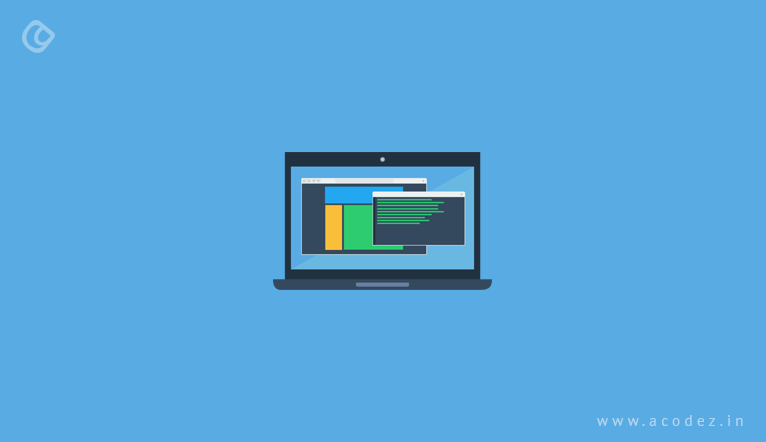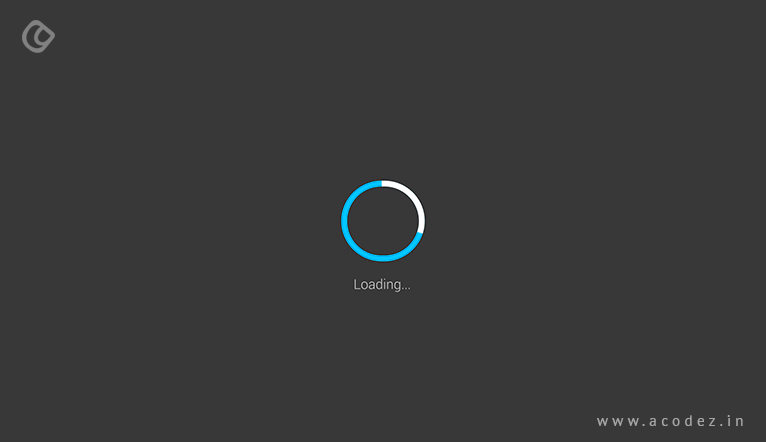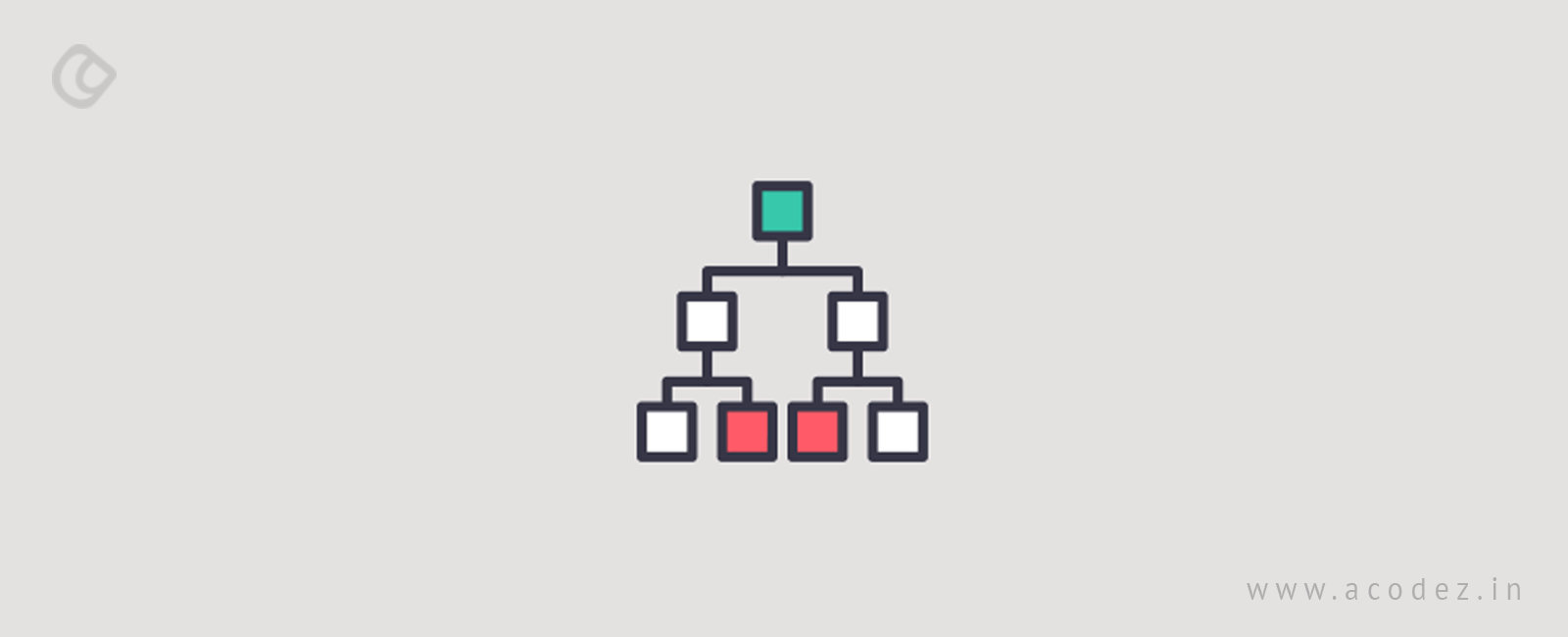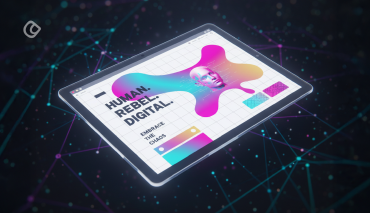The software development industry has been undergoing tremendous changes over time. New technologies and trends seem to enter and leave. In fact, that is one stringent rule that the world of software and hardware tends to follow alike – change is inevitable and without change, there is no progress.
Model-view-controller (MVC) architecture pattern is one such a change that seems to have impacted the software development field for quite a while now. This software architectural design is used with software and web applications to implement the necessary user interfaces across semantics. It has a number of benefits and features, regardless of the programming language you are using to implement it.
MVC is not the lone architectural pattern for software development, but there is a great deal of them available, including Reactive Programming (RP), Model-View-Whatever (MVW) and Model-View-View-Model (MVVM). These architectural patterns can be further integrated with software design patterns, such as Extension and Delegation.
In terms of the modern app development process, MVC can be thought of the way you would be organizing your code across apps that would be built for iOS. To put it simply, MVC could be defined as a software architecture or pattern that can be used for creating superficially outstanding and powerful apps.
Before discussing MVC further, it is important that we understand the concept of Object-Oriented Programming (OOP) and where it comes in MVC. OOP is a programming language, which helps in organizing code written in Swift language to be organized into classes. And these classes possess properties and functions – similar to ‘table’ – which is an instance of the class ‘furniture’ and comes with properties ‘wood’ and ‘wood pulp’. OOP forms the basis for building MVC. And here, MVC decides how the information and the interaction between the different data in your app will be controlled or handled.
MVC is that part of your software architecture that decides the flow of data across various components within your app – in fact, MVC can be considered as a miracle.
Let Us Take a Closer Look at MVC:
As we discussed, MVC decides how data sent across the different parts of your app would be organized – it closely deals with messaging or sending messages across various parts of your app. In an iOS development environment, the message refers to the name of a method and the related parameters, which is passed on to the instance of an object.
For example,
guest.sit()
Here, the sit() is the message that is being passed on to the ‘guest’. We can refer to sit as a ‘function’ and ‘guest’ as an object in the real world. Both these aspects – i.e., the function and object are fixed and inert – maybe, static could be the exact word to define these better. These static aspects have no particular intention – so when we say that a function is being called or referred – moreover, a message is being sent. So in this scenario, you are sending and receiving messages, which means you are passing on data or information. But when it comes to iOS app development, it won’t be simple messages, such as ‘sit’ or ‘stand’ that you would be dealing with, but more complex ones.
For example,
rook.move (steps: 5, direction: .left)
rook.move(steps:8, direction: .backward)
We are playing chess and deciding the moves – messages are being sent to the chess piece ‘rook’. First, we are asking it to move five steps to the left and then, 8 steps backward. In this process of messaging, we are sending messages asking the rook to take different moves.
Now, let us see how all this messaging, interaction and so on works in the actual MVC.
Like we discussed, MVC is a software architectural pattern, which helps in creating your app’s architecture – which is more or less similar to an architect deciding the design pattern of a building, before the construction actually starts.
Let us Check the Different Components of MVC pattern in Detail:
Model
Encapsulates data.
View
How the UI of your app is presented.
Controller
All actions between the ‘Model’ and the ‘View’ are directed via this
Further, let us find how well these components of the MVC architecture can be structured to organize your app and the data that flows through it. It might be quite tricky to understand how these architectural patterns are applied within the Apple frameworks. In fact, all these three components work together to organize your app. Let us learn how each of these components has a different role to play in the entire process:
Model
As discussed, Model holds the data sets along with the logic, which helps in dealing with this data. For example, we can consider it as the ‘invoice’ within an accounting software. When it comes to Facebook, the posts shared on the app are models.
View
As we discussed, it deals with the user interface or UI – which is an object the user can view. When it comes to Facebook, a view is that which displays or showcases a post and within an accounting software, a view is the UILabel, which exhibits the invoice address.
Controller
As discussed, any logic that goes through or between the ‘View’ and the ‘Model’ is intermediated through this.
If you have already worked with an iOS framework and even the UI kit framework, then you have come across these models, views and controllers
In iOS development and the UIKit framework, in particular, you’ve probably already worked with a ton of Models, Views and Controllers without knowing it.
Further into How MVC Patterns Work
With MVC patterns, a partition is brought across input, process, and output for any app – and with the partition, we get three parts, which are networked as in model, view, and controller.
Let us find out how messages flow across the model, view, and controller of an MVC pattern:
- From the ‘View’, the ‘Controller’ realizes when a user interaction happens.
- Next, the ‘Controller’ sends updates to the ‘View’ as and when the data happens to change
- Now, the controller moves on to the ‘Model’ as the data updates
- And the Model informs the ‘Controller’ as the data updates
The interaction happens when a user causes a data in the ‘View’ stage to move on to ‘Model’ stage – this is the data flow from ‘View’ to ‘Controller’.
So, the bottom flow happens from ‘Model’ to ‘Controller’ when the data flows from Model to ‘View’ as and when it needs an update.
Here are some Benefits of MVC:
Development Process is Fast

A rapid and parallel development is supported by MVC – for instance, a web application that is being developed using an MVC model – it is possible that one of the developers can actually work on the View, while someone can take care of the ‘Controller’ side, which creates business logic for your app. This is one of the ways you can actually speed up the development of apps, which are built on MVC models – as it usually requires lesser time than any other development ideas put together.
Multiple Views can be Achieved with this

Accessing an application is not easy and hence, people are looking for a variety of ways to accomplish this. With the MVC model, it is possible to create more than one views for any model. There is no redundant code when you are using this method as it easily helps in separating data from business logic, which are otherwise displayed collectively.
Load Time for Apps are Reduced

Since MVC is built on an asynchronous technique, the load time is very less when compared with other techniques. It is possible to integrate JavaScript framework with the MVC architecture, which actually means that MVC can provide excellent results when integrated with site-specific browsers, desktop widgets, and even PDF files.
Edits and Updates can be Made Without Affecting Anything Else

As you might have observed, UI changes more often and it is important that you keep your app updated forever. This can include a number of various aspects, including colors, fonts, adding device support for mobile phones and other devices, and even screen layouts, which actually matter from the perspective of a web app development process. And it is very easy to add a new kind of View in MVC architecture as this is not interconnected with the ‘Model’. So, this means that any change to the Model does not affect your architecture.
No Data Formatting in the MVC Model

Any data that is returned by the MVC pattern is left unaffected and unformatted and is produced as such. This means that you have the liberty to use the same elements and call these as required without the interference of an interface. This means that any data that was formatted using HTML can also be formatted using Dreamviewer or even Macromedia Flash.
The Development Platform is Search Engine Optimized

With MVC platforms, you can develop web pages or apps that are SEO friendly. You can easily generate URLs that are SEO friendly from any particular application. Test-driven apps actually use this kind of a development architecture. And also, certain scripting languages, such as jQuery and JavaScript can be fused in with MVC – thereby, resulting in excellent web apps.
Acodez is a web development company India, offering all kinds of web-related services. We also offer SEO services to help take your business to the next level. For further information, please contact us today.
Looking for a good team
for your next project?
Contact us and we'll give you a preliminary free consultation
on the web & mobile strategy that'd suit your needs best.











